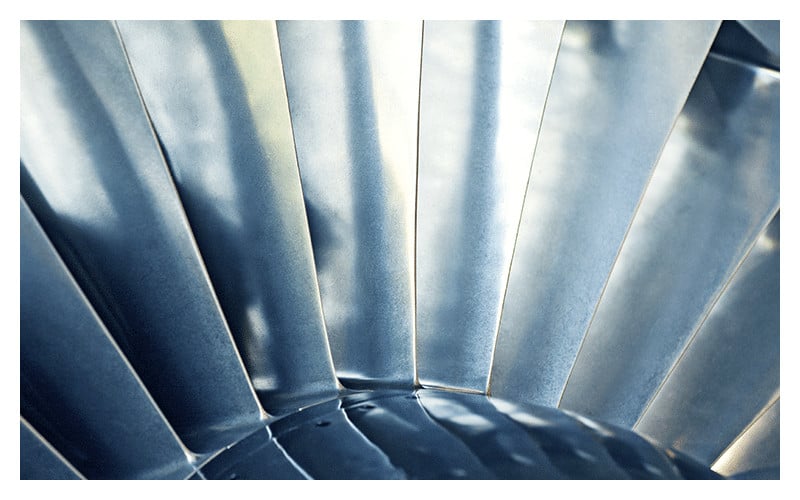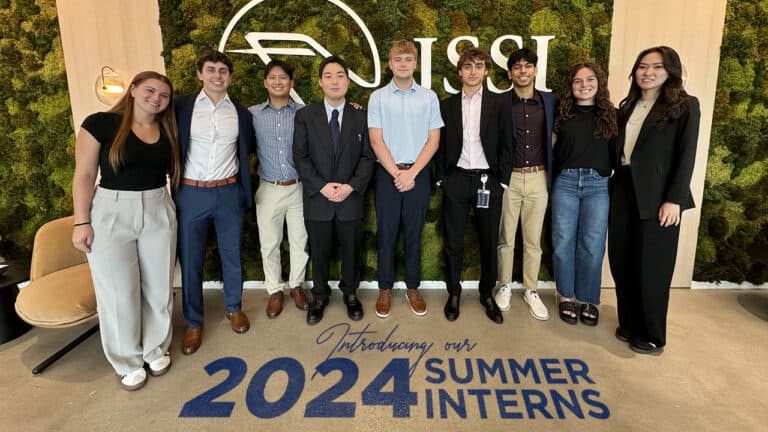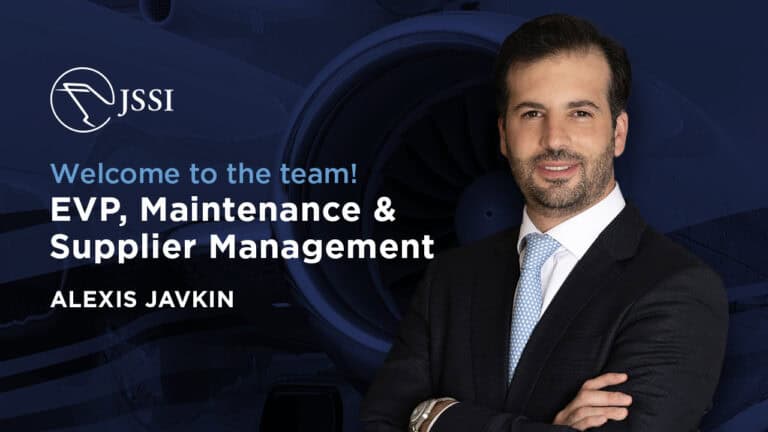
In this article, JSSI Parts & Leasing Pratt & Whitney Product Line Manager Kalven Carpenter explains some of the options available to aircraft owners and operators looking to reduce the cost of business aircraft engine maintenance.
Kalven has 20 years of industry experience, including 10 years at Pratt & Whitney, working with clients to manage engine maintenance event costs while providing significant cost savings. He works closely with JSSI Technical Advisors to manage client maintenance events and oversees an inventory of Pratt & Whitney complete engines and components with a market value of more than $15M.
It’s no secret that owning a business aircraft involves a significant amount of scheduled and unscheduled maintenance, which ultimately accounts for a large portion of overall aircraft operating costs. Let’s take a dive into some of the options available to aircraft owners and operators facing a major engine event.
The highest cost maintenance event for turbine-engines is the overhaul, sometimes known as the core zone inspection. Most of that cost comes from parts that fail inspection and cannot be installed back into the engine. As a result, the maintenance, repair and overhaul (MRO) facility will likely then quote new material from the original equipment manufacturer (OEM) as replacement parts. However, while not always offered, there are a few alternatives to new material that can help reduce engine event costs: overhauled, repaired, serviceable and exchange parts.
What are overhauled, repaired and serviceable parts?
These alternatives to new OEM parts are generally from other disassembled engines. They come in three main varieties: overhauled, repaired and serviceable. These will differ based on the standard to which they have been inspected and improved. Most OEM engine manufacturers have two manuals to which engines are inspected: the maintenance manual and overhaul manual.
An overhauled part has been disassembled, inspected and refurbished to the strictest criteria the OEM calls for in the overhaul manual. This is an extensive, rigorous process that ensures parts are well equipped to be reinstalled into an engine.
A repaired part has been disassembled, inspected and only requires partial refurbishment to become airworthy again. A good example of this would be an electrical part assembly that may need only a single wire replaced, rather than a full component overhaul that calls for replacing several parts in that assembly.
A serviceable part has been disassembled, inspected, and meets the OEM criteria without needing any other repairs. Typically, these parts come from engines that are low time or have gone through a recent maintenance event and the part was replaced with a new part during the build. These parts are generally inspected to the maintenance manual criteria.
No two engines are the same when it comes to which parts pass inspection. Factors such as operating conditions, maintenance practices, and total time all play roles in the condition of an engine. Some climates will make an engine more susceptible to corrosion, so an engine operating in harsher environments should have routine engine washes completed to help reduce corrosion and yield a larger number of serviceable parts at the next maintenance event. As a result, one engine may have certain parts that are deemed to be scrap, while another engine may have those exact same parts pass inspection. Those parts that do pass can be used during any engine overhaul at a significantly reduced cost of 40%-50% less than OEM new catalog price.
As the MRO processes the engine through the shop, there are parts that may pass an inspection but require some additional repair accomplished before they can be certified and installed back into the engine build. Some of these repairs can be completed at the OEM but must be sent to a specialized component repair facility. Repair turnaround times can be just one or two weeks, while others may be one or two months, or perhaps more. With so many vendors seeing supply chain delays caused by COVID-19, parts with long lead-time repairs are not an ideal option for owners who need to get their aircraft flying again immediately. In that situation, overhauled or new parts would need to be installed to expedite the engine build. However, if the engine shop event is being properly managed, exchange parts could help reduce the engine repair process.
What are exchange parts?
Parts requiring outside vendor repairs could result in extended lead time, delaying an engine build. This is the opportune time to use an exchange transaction. An exchange is when a failed part is traded for a certified part to help minimize engine build time. There is a fee involved, which is usually a percentage above the failed part repair cost. Most of the time that fee is less expensive than paying for new or overhauled parts. Exchanges are also great options for clients looking to avoid additional engine rental charges or to avoid the need to source alternative means of travel outside their own aircraft.
How can you ensure the best price and quality during an aircraft engine maintenance event?
There is a lot to think about when it comes to sending aircraft engines to a shop for an event. With an hourly cost maintenance (HCM) program, the owner can stabilize their operating budget and avoid the worry of those major event costs. For those engines not covered by an HCM program, the JSSI Parts & Leasing team works every day with owners and operators to save them time and money during their maintenance event. JSSI Parts & Leasing has an extensive inventory of more than 38,000 parts available to help reduce engine event costs. In addition, JSSI Advisory Services offers a Maintenance Event Management service to manage engines through the shop event. When combined with JSSI Parts & Leasing’s rental pool and parts supply, it ensures clients receive the best price and highest quality for the engine maintenance event.
Further information
Find out more about JSSI products and services to support your next engine maintenance event:





